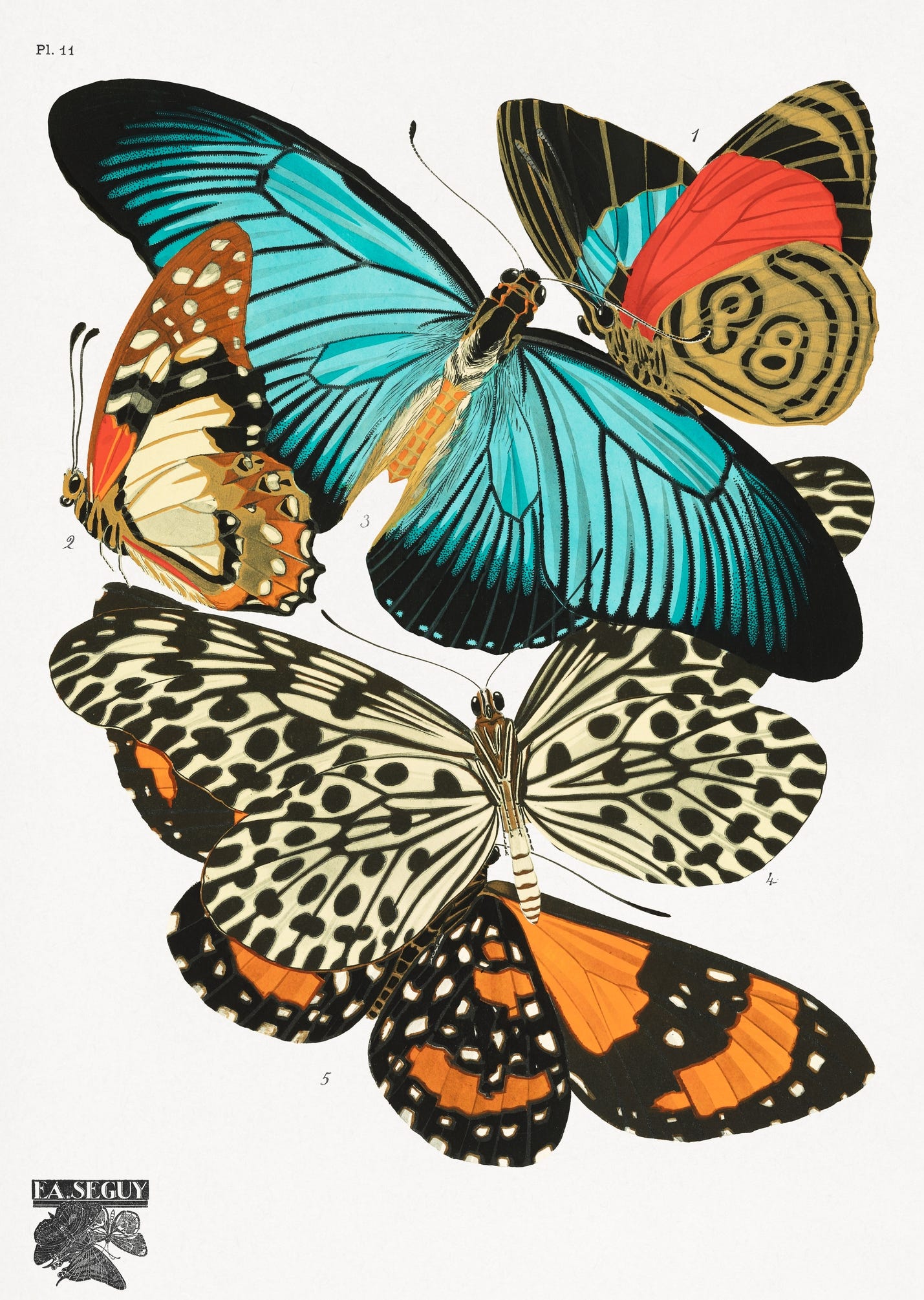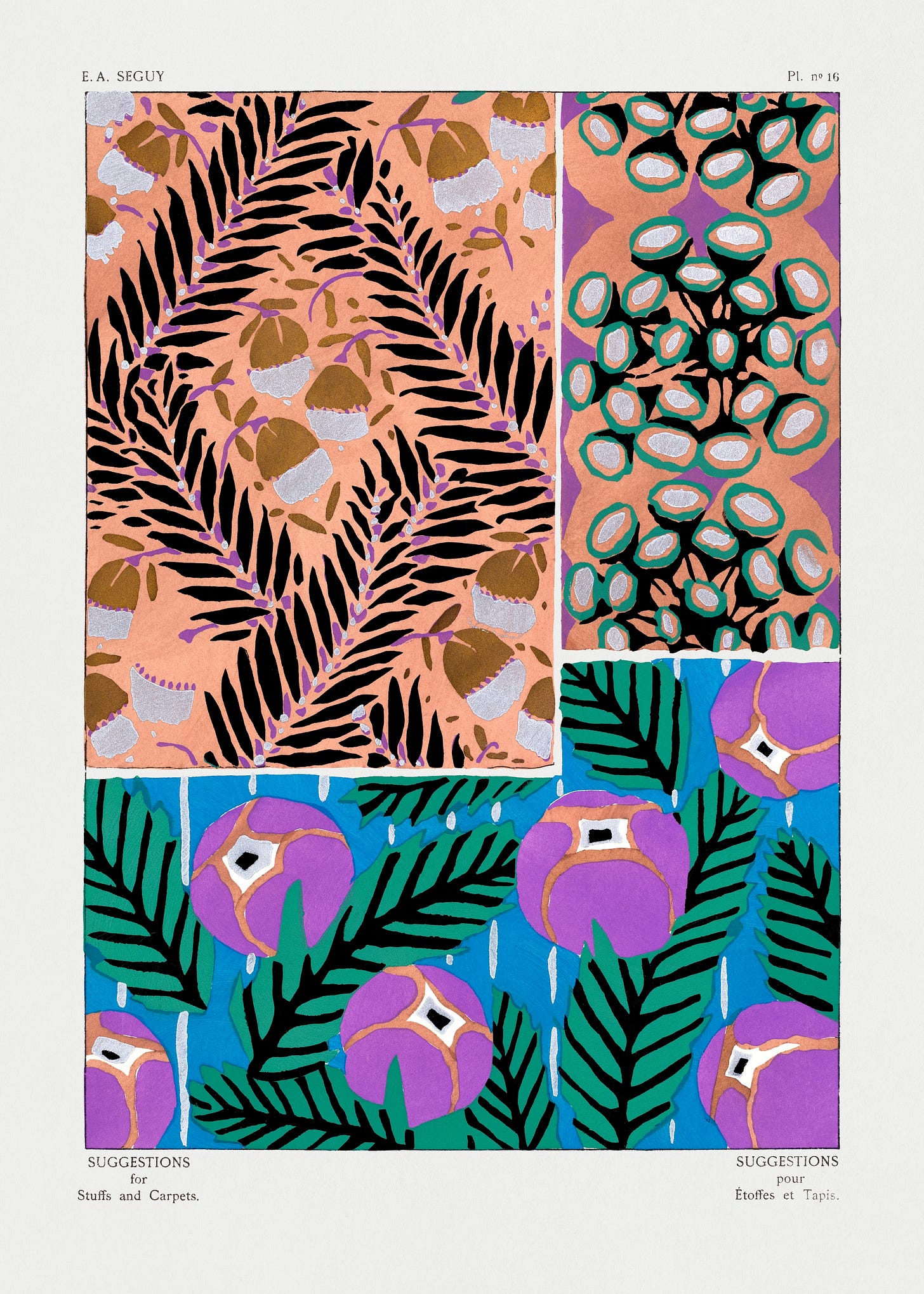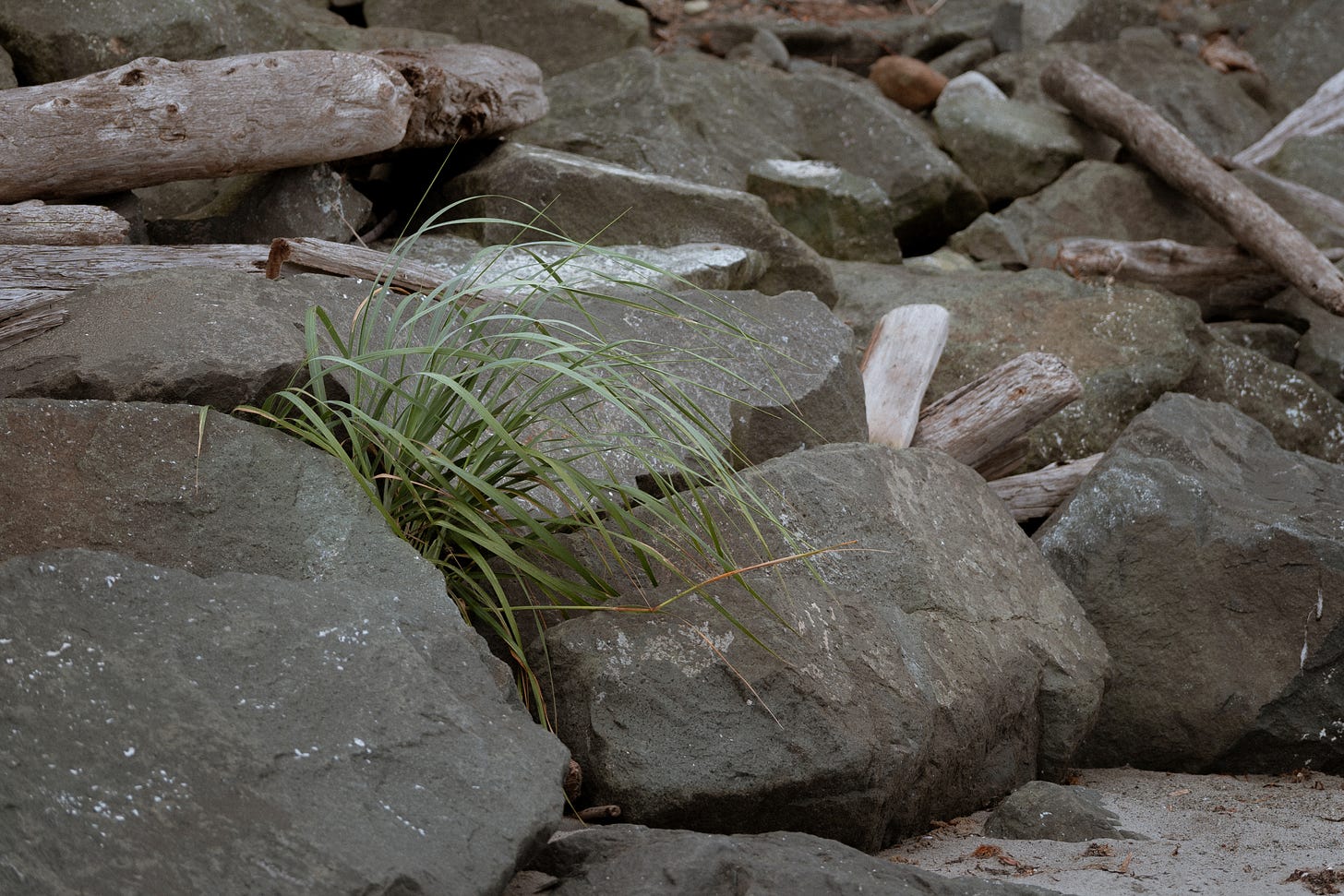Pillows piled high, bundled up in bed, my dog pressed against my side under the covers—I closed the book Severance and began to think about the routines we inhabit. Without giving away any spoilers, the book made me ponder: if we are what we repeat daily, what does that say about us? About me?
In Severance, the protagonist works for a publisher and documents the end of civilization. Her observations of people stuck in their loops offer a sharp commentary on how we live our lives—caught in routines, day in and day out. It’s not all bad; some routines are necessary, others are comforting echoes of the past. But the question remains: are we choosing these loops, or are they choosing us?
Perhaps because I was traveling last week, returning to the city I grew up in, I felt an urge not to get trapped in old patterns. Seeing people and places I had left years ago stirred something deep within me. As my partner and I walked into the airport, I blurted out, "I wouldn’t want to move back." I love the people, and the memories of those places are dear, but inhabiting my past self feels like putting on clothes I’ve outgrown.
By moving around the country, I’ve physically removed myself from certain patterns. Whether conscious or not, new routines inevitably form, and it’s easy to fall into autopilot. For example, my morning reading sessions, followed by coffee and writing, have become a daily ritual.
But now I’m asking myself: What loops am I living in now? And am I choosing to live them, or have I simply fallen into them?
This reflection led me to think about Henry Miller’s commandments (thank you
for sharing this a while back!). They’re unique to him, of course, but there’s something universally appealing about them. Miller’s commandments offer a framework—a grounding structure that’s not unlike a ritual, but more concrete. For those who might shy away from the spiritual connotations of rituals, a black-and-white list of commandments can be a way to anchor oneself, providing structure without the need for a strict timeline.What would your commandments be?
For myself, I want more mornings cocooned in my sheets, reading instead of reaching for my phone. I want to write before opening client emails. And I want to keep my evenings and weekends free from work.
But choosing to write personal commandments also means making hard choices. It requires the willingness to not do certain things. Miller’s commandment number 11 is "Write first." As a photographer, writer, and designer, I wonder: Can I be that strict? What should my main focus be?
Then there’s number 10: "Forget the books you want to write. Think only of the book you are writing." This is a call to live in the present, to focus entirely on what’s right in front of me.
So, I’ll ask again: What would your commandments be? What simple, powerful guidelines could help you live more intentionally?
I’d love to hear any ideas that come to mind. Feel free to reply and share your thoughts.
Stencil Art, Pochoir
When I first encountered E.A. Séguy’s work, I assumed it was silkscreen—but I was wrong. It’s actually pochoir printmaking. As someone who studied printmaking in university, I immediately thought, How did I forget this?
Pochoir, which is French for "stencil," is a method of applying paint. While silkscreening is technically another form of stencilling, as I started digging into pochoir, I discovered that this technique can be done at home with very basic tools.
Now, before you dismiss "stencil" as something too crafty, remember that stencilling has been used by humans for thousands of years. Think of the ancient hand stencils in the Cueva de las Manos in Argentina. This technique was also embraced by artists like Picasso for book prints and Matisse in his illustrated book Jazz (1947), where he combined stencils with handwritten text.
“In concept, pochoir is a relatively straightforward form of reproduction: ink is brushed through a series of pre-cut stencils, each stencil representing a new layer of the image, until the final picture is complete. Predominantly used to recreate paintings and watercolours in remarkably truthful imitations, it also offered a flexible way to add colour to already existing black and white prints, such as lithographs, etchings, or engravings.” — source: Goldmark
If you are curious to see how it is done, here are teo versions, one with a press, the other without:
Without press:
With press:
Using brush work on top of writing:
Personal Work
Hey you make it to the end! I have a little confession to make: I'm a massive introvert. While I can be social—I've even worked in highly social roles before—my recent quick trip back home to see friends, family, and attend a wedding completely drained my social battery. Don't get me wrong, I had a blast, but now my immune system is crashing, I'm exhausted, and I can feel the mental strain. It's so easy to get caught up in the excitement of the moment and try to cram in as much as possible. Right now, though, I'm really looking forward to letting my body and brain return to a state of calm.
It's a delicate balance between enjoying social interactions and preserving our mental well-being. As I settle back into my routine, I'm reminded of the importance of setting boundaries and allowing myself time to recharge. This experience has reinforced my need for quiet moments and solitude, helping me appreciate the value of both social connections and personal downtime.
Which you may have picked up on by the photos I shared for my personal work this week.
Sometimes a little alone time is beautiful.











